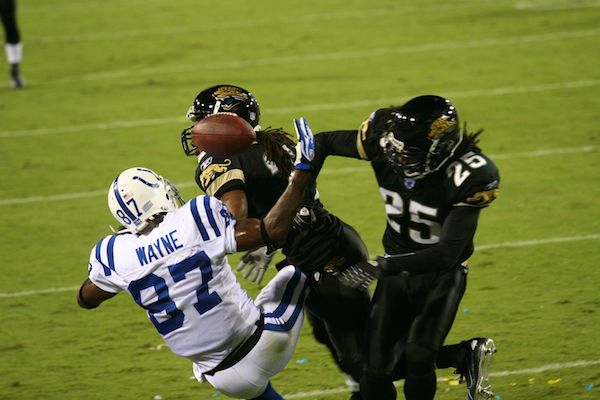The National Football League (NFL) has long been criticized for its approach to brain injuries and concussions. I’ve covered this issue and my thoughts about solving it in great detail. The league was very, very bad on the subject for a long time. It denied that concussions were a major problem. It funded compromised scientific studies to counteract the many legitimate ones which were gradually showing just how damaging brain injury is to current and retired football players. It didn’t provide sufficient health care and other benefits to retired players suffering from the effects of brain injury until forced to by a legal settlement. And on the field, the NFL’s attempts to make the game safer were met with skepticism. How can the NFL punish players for making hits they had been taught were good for their entire lives? Was it even possible to avoid hitting someone in the head in such a chaotic environment. How could the league expect to protect players who so steadfastly refused to bow down to the danger of brain injuries? That last criticism was one that rang true to me. To make it to a professional level in football – one of the world’s most team-oriented sports – you basically have to be someone who will put the success of a team before their own success. Selfish football players do not make it to the NFL. Self-sacrifice is so selected for, that it’s insane to think an NFL player won’t try to play through a brain injury to help their team, even if they know the potential danger of doing so. It felt like an intractable problem until this year, when the NFL made some changes that actually seem to be working! Here’s what they’ve done.
During each game, there are independent certified athletic trainers who are employed to watch and look for any potential head injuries. When they see one, they are empowered to stop the game in order to assess the player. If their suspicion is confirmed and the player does seem symptomatic of having had a brain injury, that player is removed from the game and (although I’m not sure this is a rule — it is the reality) does not return to play that day. Once a player has suffered a concussion, they need to go through a five step process of assessment and escalating activity before they can return to the field. That final decision is no longer in the player or team’s hands, but is controlled by an independent neurologist. Steps like this have been taken before, but they’ve never been as dramatic nor have they ever seemed to work the way this round of changes has. Players this year are staying out longer — something which is essential because of the increased risk one has of suffering a second and more damaging concussion soon after a first.
Football is still easy to criticize when it comes to player safety. Football players, especially young ones, are still dying at unacceptable levels. None of the reforms have addressed what might be the most pernicious aspect of football on its players’ brains – the near-constant sub-concussive blows that linemen experience on every play. Still, the progress I’ve seen this year is more than I expected. Not only do I think players are better protected and cared for than they have been in the past, but it’s also great to see football as a role-model among sports for once. The National Hockey League (NHL) has followed suit and given concussion spotters the ability to stop games during the season which starts tonight. Soccer authorities, (once they are bailed out of prison), should do the same.

